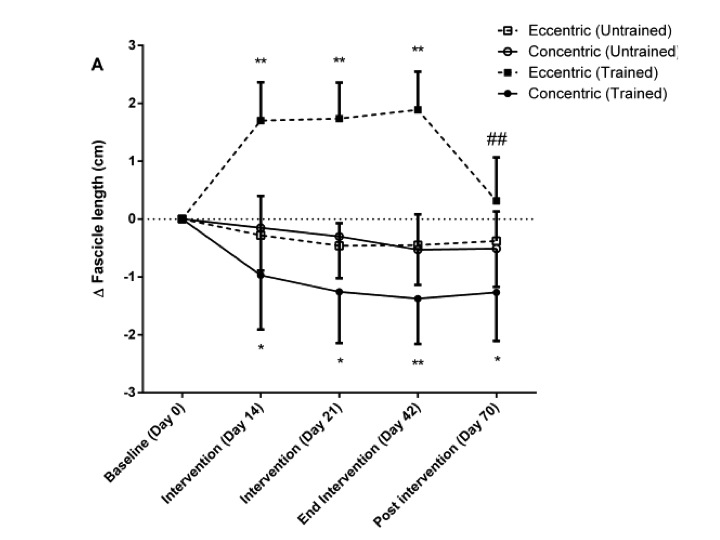Eccentric exericise, where our muscles contract and lengthen, is an essential part of any exercise program. Its benefits of strength, flexibility, and injury prevention are well known in the literature and have been discussed on our prior blog posts. Eccentric exercise as pictured above has a unique stimulus on the structure of the muscle and the nervous system’s ability to communicate with the muscles not found in other exercise types. Individuals are often too focused on the lift or shortening of the muscle and move too quickly through the eccentric portion of the lift. This lowering is also associated with unique structural changes in the muscle likely responsible for the benefits listed above.
An article in the journal Medicine and Science in Sport and Exercise examined the impact of hamstring concentric and eccentric exercise on the muscle at both the tissue and functional level (Timmins et al. 2015). The authors studied 28 individuals and randomized them to either concentric (shortening) or eccentric (lengthening) knee flexion (hamstring) strengthening. The authors then examined the hamstring functionally and with an ultrasound during the 6 week training program and after 28 days of detraining. The results showed improved hamstring length in the eccentric group, but no change in the concentric group. As expected, the hamstring flexibility was lost after 28 days of detraining.
Athletes should consider utilizing eccentric movements to restore strength, flexibility, and reduce injury risk.

